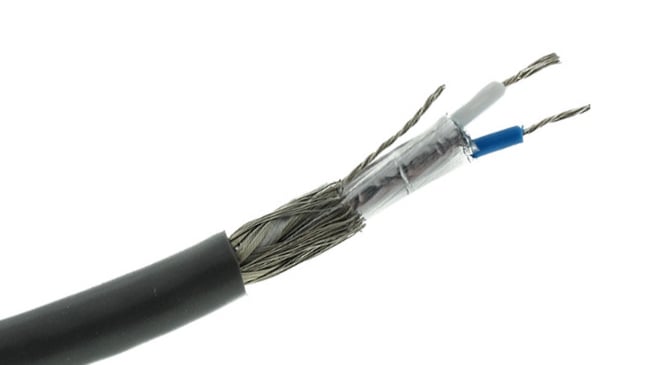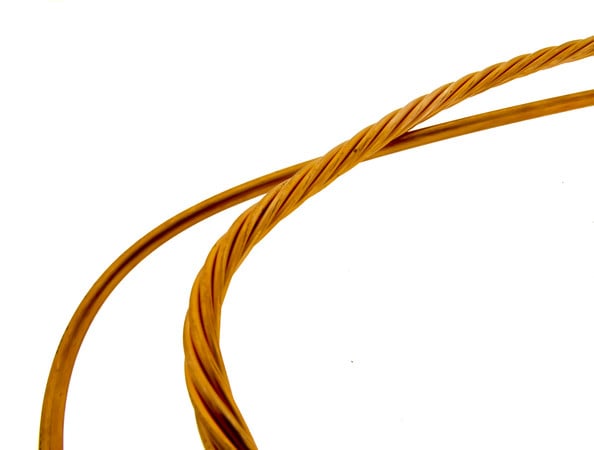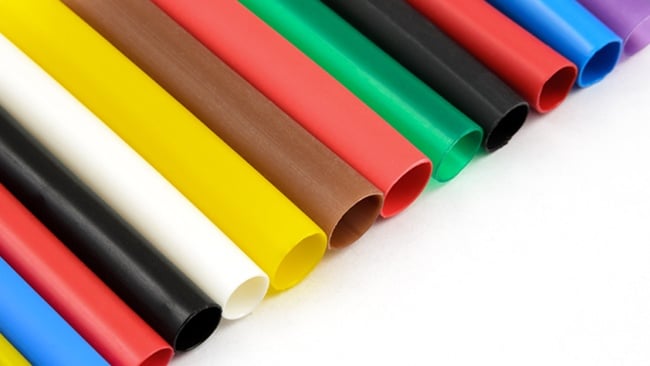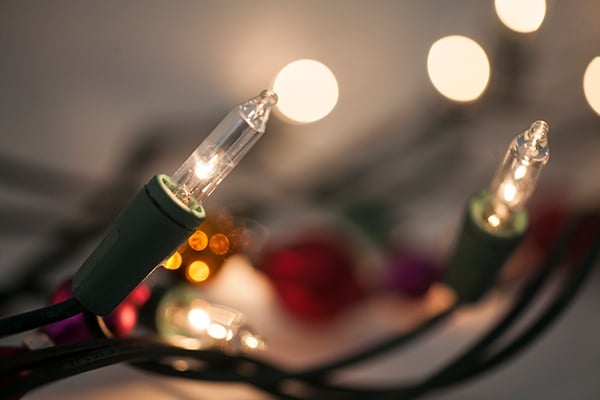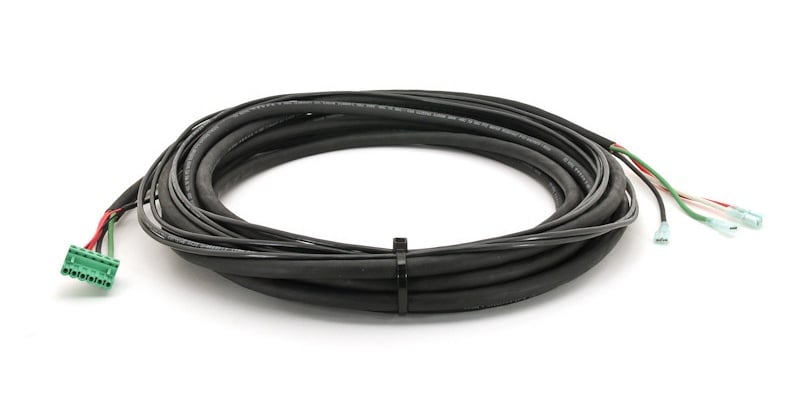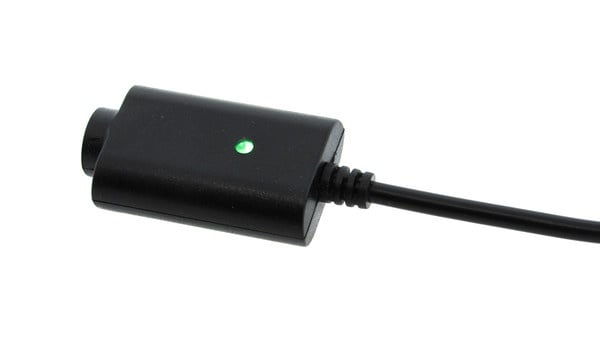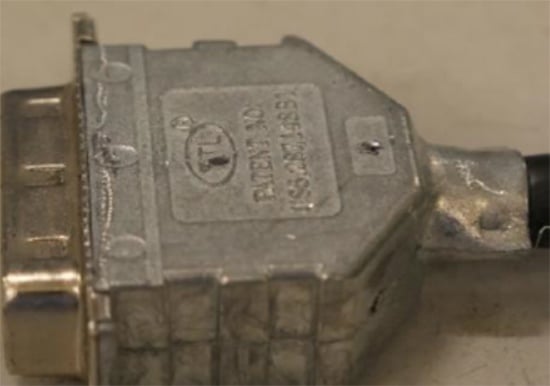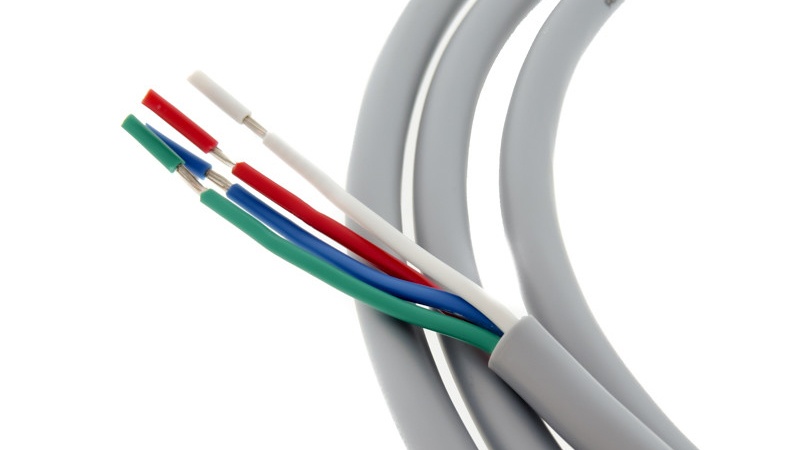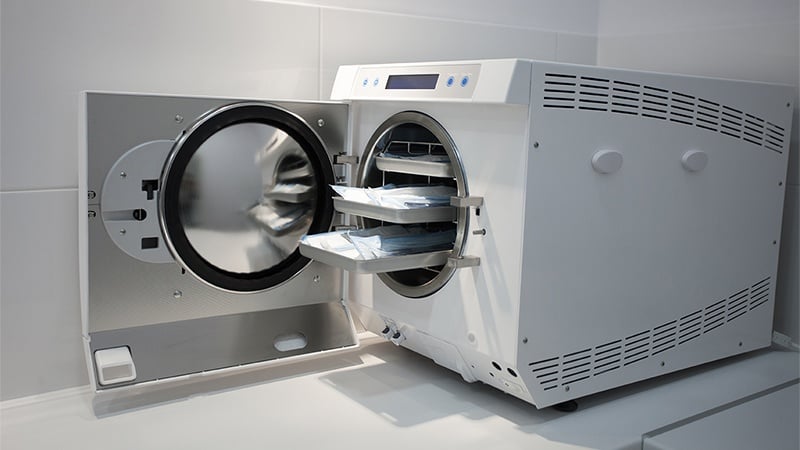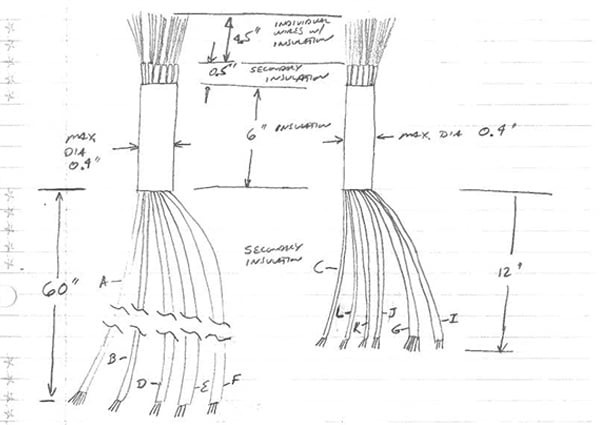In the world of electronics, oftentimes how a signal is being transmitted from a sender to a receiver is just as important as what is being transmitted in the first place. Certain applications call for incredibly high levels of reliability and resistance to outside electrical interference, so more "traditional" or "common" cables just won't do.
Discrete wire, or lead wire, is the backbone of any interconnect or cable. Within this blog post we break down for you the anatomy of the basic hookup wire and the compositions that can be used as a single unit or grouped together to produce a multi-conductor or multi-pair cable.
Heat shrink tubing, also known as heat shrink, is a shrinkable tube that shrinks radially when exposed to heat. Produced using a two-step process, heat shrink is available in a wide range of materials to suit almost any application. Heat shrink tubing has many useful applications, including to provide electrical insulation to wires, connections, joints, terminals, and splices, as well as bundling loose items such as wires and as a protective covering.
The holiday season is truly an exciting time of the year for many Americans, but inadequate planning for your custom cable assembly can create some less than desirable commotion for your company. Christmas is closing in, and manufacturers are already gearing up for the approaching holiday season.
There are many areas to consider when designing and building cost-effective custom cable assemblies. The areas of primarily importance to be reviewed are the raw material selection, ensuring your assembly is designed for ease of manufacturability, choosing the correct connector, and correctly specifying the criteria the assembly should meet or exceed. If all of these areas are optimized correctly in the design stage, you stand the best chance of keeping your manufacturing costs as low as possible.
As custom manufactured cable assemblies have grown in complexity, it has become far more common to see various electronics integrated directly into the finished design. The inclusion of electronics into a cable assembly design can consist of adding a switch, PCB, LED, or a multitude of other components. Once added, these components offer a much higher level of sophistication to the cable assembly while allowing the included electronics the ability to withstand a much more rugged working environment.
EMI (electromagnetic interference) and RFI (radio-frequency interference) are disturbances generated by external sources that impact a cable assembly by degrading the assembly's performance or completely preventing it from functioning. These disturbances can cause problems ranging from an increase in error rates of the signal being transmitted through the assembly to total loss of any electronically readable signal.
When dealing with requests for custom manufactured custom assemblies, the question that frequently comes up is, "why should a jacketed cable be used in an assembly?" The answer to that question can be determined by looking at three key areas: environment, safety, and cosmetics.
Manufacturing cable assemblies used in precision medical device applications requires rigorous demands just to meet the industry standard. When dealing with these specific applications, failure is not an option. Envision applications used in a medical environment. You must limit the possibility of failure for users in the field. Even something as mundane as cable sterilization can potentially cause the cable to fail and/or cause issues for the user(s).
We’ve received cable requests on a hand-drawn dinner napkin, 8x11 pieces of paper, and even old pictures. Regardless of the format, once the request is received it is drawn into a basic design which is sent to our Engineering team. We need to have the requested design in a particular format in order to be able to manufacture the request appropriately. Otherwise, our facility would not be able to understand dimensions (etc.) correctly. An official manufacturing ready design drawing would then be returned to you.


